Azores Islands Guide 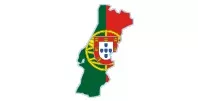
A unique group of nine volcanic islands is often referred to as the "Hawaii of Europe". The islands are located in the heart of the Atlantic Ocean, approximately 1,500 km west of Lisbon and about 3,900 km from the east coast of North America. They belong to the autonomous regions of Portugal and are famous for their beautiful, evergreen nature, diverse landscape, thermal springs, lakes, mountains and rich history.
The main islands - São Miguel, Terceira, São Jorge, Pico, Faial, Flores, Graciosa, Corvo and Santa Maria.
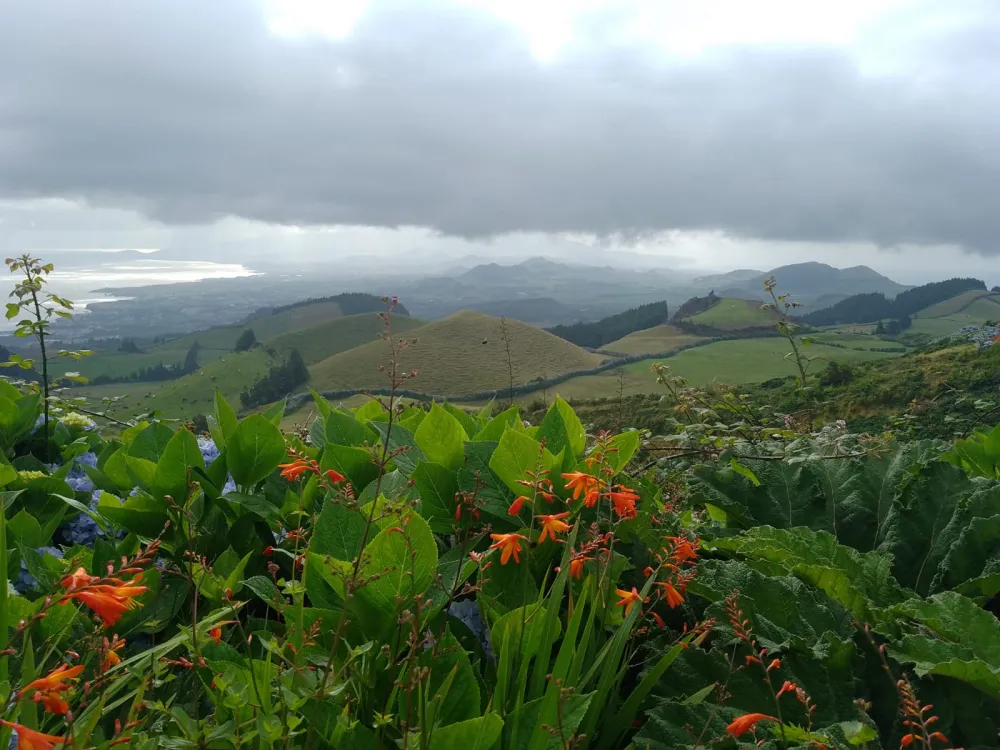
The Azores Islands have a combined population of around 250,000, of which around 140,000 live on the largest island, Sao Miguel, where most international flights also depart.
The capital Ponta Delgada is located on the largest island of São Miguel. The highest point of the Azores, the volcano Ponta do Pico (2,351 m above sea level) is located on the island of Pico and is also the highest mountain in Portugal.
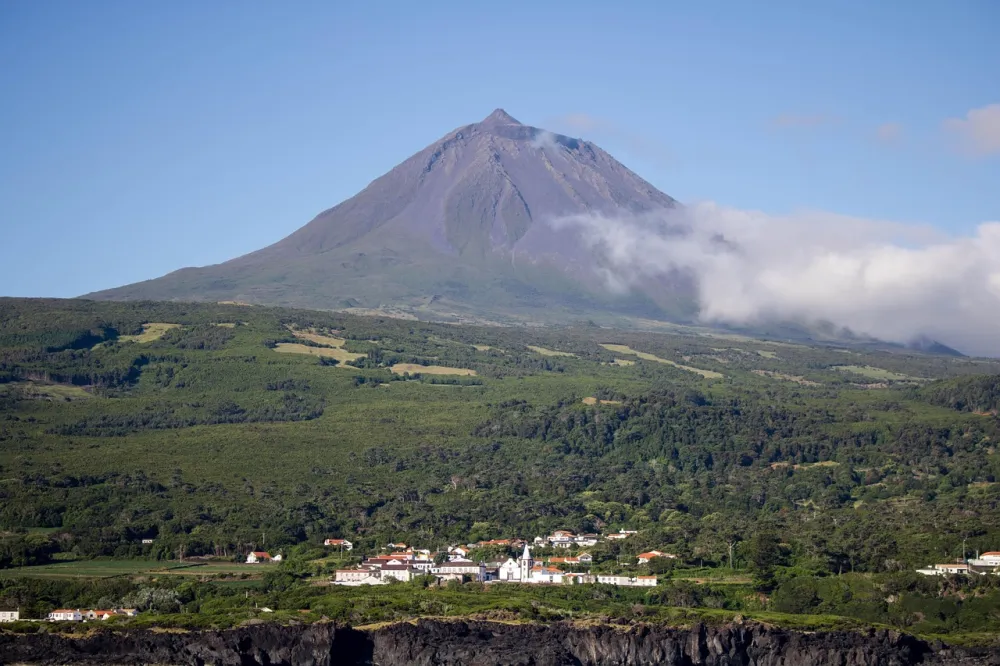
The islands were discovered by Portuguese navigators in the 15th century. They quickly became an important point on the sea routes between Europe and America. Today, you will find two monuments listed on the UNESCO World Heritage List: the historic center of Angra do Heroísmo on the island of Terceira and the wine-growing cultural landscape on the island of Pico. Each of the islands has its own character, traditions and unique natural beauties waiting to be discovered.
The Azores are famous for their incredibly green landscape, which is shaped by volcanic activity and frequent rainfall. The changeable weather creates ideal conditions for hiking and exploring nature all year round.

What awaits tourists in the Azores? Breathtaking nature and diverse landscapes, volcanic lakes, thermal springs, botanical gardens, a rich history and cultural heritage, excellent conditions for hiking, cycling, whale watching and other outdoor activities.
São Miguel Island guide
The largest and most populous island of the Azores archipelago is nicknamed the “Green Island” for its lush vegetation and dramatic volcanic landscape. It is famous for its crater-filled lakes, hot springs, waterfalls, tea and pineapple plantations, and black volcanic sand beaches.
Monuments and natural attractions - Volcanic lakes such as Lagoa do Fogo, parks with thermal springs, such as Caldeira Velha or pineapple and tea plantations.
Accommodation - In which part of the island should you choose accommodation? Do you want accommodation right on the beach or in the center of all the action?
Practical advice - How to travel around Sao Miguel? Why not take a bright swimsuit with you? And why not forget a raincoat?
Food and drink - Be sure to try the local specialty Cozido das Furnas, cooked by digging into lava soil. Don't miss the seafood or local fruits, especially pineapple.
Famous people - Who comes from the island of Sao Miguel and who sailed here?
Weather - Important information about the changeable weather on Sao Miguel.

São Miguel, known as the “Green Island” (Ilha Verde), is the largest and most populated island of the Azores archipelago. It is located in the Atlantic Ocean, approximately 1,200 km west of the Portuguese coast. The island has an area of around 760 km² and is home to around 140,000 inhabitants, almost a third of whom live in the capital Ponta Delgada, the administrative centre of the entire Azores.
São Miguel is famous for its diverse volcanic landscape, green hills, crater lakes, thermal springs and black sand beaches. The highest mountain, Pico da Vara, is 1,105 m above sea level. Average summer temperatures range between 21–25 °C, and winter temperatures between 14–17 °C. The island has a changeable weather – in the same day you can experience sun, rain and fog.

The island was discovered by Portuguese navigators between 1427 and 1431, and the first settlements began after 1440. São Miguel quickly became an important trading post on transatlantic routes, and its development was supported by its fertile soil and safe bays. After a devastating earthquake in 1522, Ponta Delgada became the capital. The island has a rich cultural tradition, including festivals, colonial architecture and unique cuisine, such as the famous cozido das Furnas, which is cooked in geothermal soil.

Visitors are attracted not only by the crater lakes of Sete Cidades, Lagoa do Fogo and Lagoa das Furnas, the thermal springs of Furnas and Caldeira Velha, the stunning viewpoints of Miradouro da Boca do Inferno and Vista do Rei, but also by tea plantations, pineapple farms and black beaches.
Sights and natural attractions
Lagoa das Sete Cidades and Boca do Inferno and Miradouro da Vista do Rei viewpoints - One of the most iconic places is located in the western part of the island. Here you will find two lakes (one blue, the other green) in the crater of an extinct volcano. The lakes are divided by a bridge. Let the locals tell you the legend of the green and blue tears. For the best views, climb to the Boca do Inferno and Vista do Rei viewpoints. For the first viewpoint, prepare sturdy shoes, the round trip from the parking lot will take you about an hour. The second viewpoint can be reached in a short time and on asphalt.

Lagoa do Fogo - A volcanic lake in the heart of the island surrounded by wildlife and hiking trails. One of the most beautiful places for hiking and nature observation.
Access from the main road EN5-2A, east of the city of Ribeira Grande.
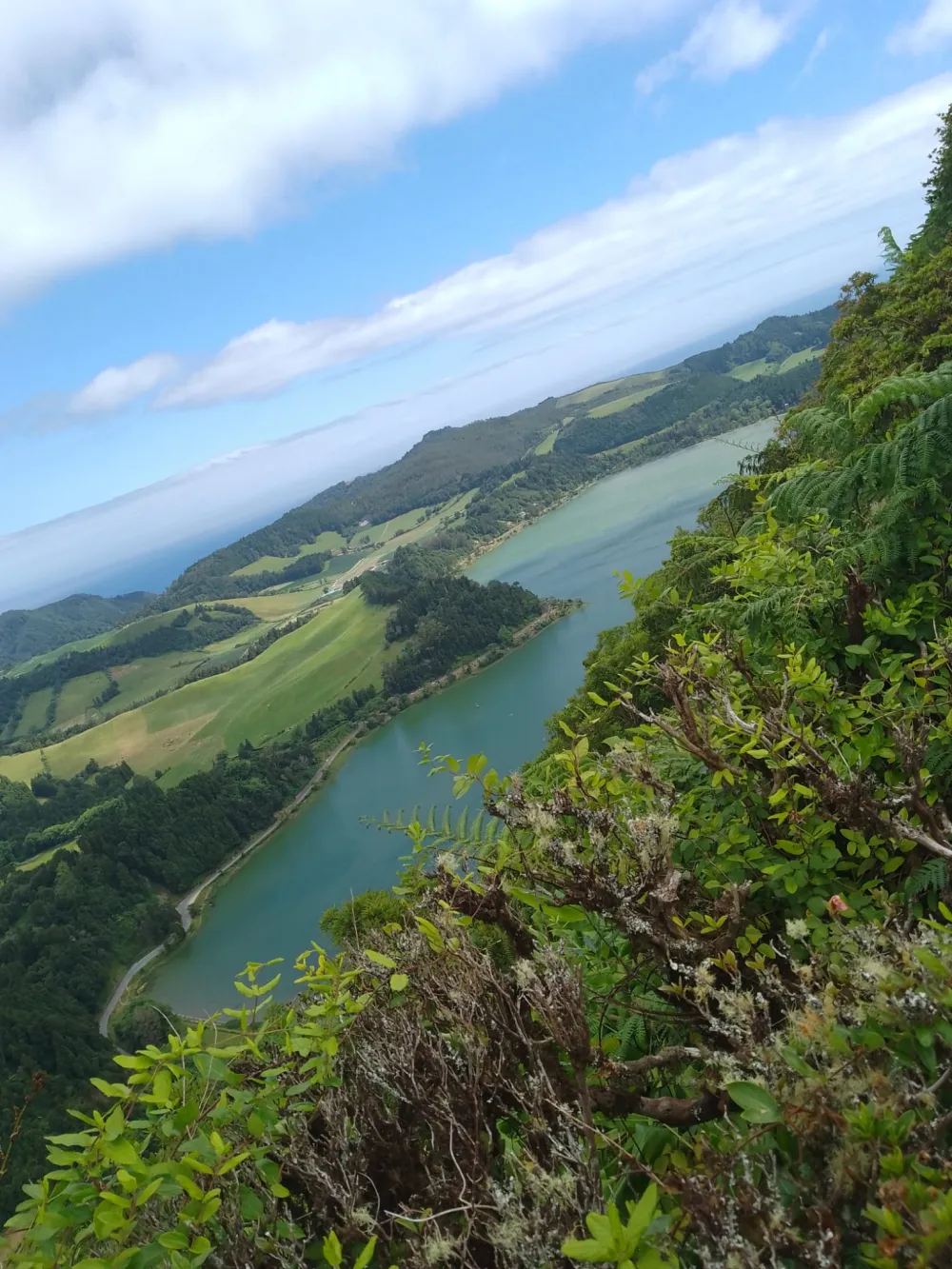
Parque Terra Nostra - A historic botanical park with thermal pools, founded in 1775. In addition to relaxing in the 40°C warm iron water, you can also enjoy walks among exotic plants and manicured flower beds. Bring dark or old swimsuits - the iron water will turn them brown.
Address: Parque Terra Nostra, Largo Marquês da Praia e Monfort, 9675-061 Furnas.

Centro de Interpretação Ambiental da Caldeira Velha - A nature reserve with hot springs, a waterfall and lush vegetation including laurel forests and tree ferns. A great place to swim in thermal pools and explore geothermal phenomena. The number of visitors is regulated so that everyone can fit into the natural pools, so book a ticket for an hour and a half well in advance.
Address: Estrada Regional da Lagoa do Fogo, 9600-590 Ribeira Grande.

Gorreana Tea Plantation - The oldest tea plantation in Europe, where you can see how tea is made, walk among the tea trees and taste local products. There is no entrance fee. At the end, you can buy local products such as black, white, green or flavored tea, all in organic quality. Thanks to the local climate, they do not have to use herbicides or pesticides here.
Address: Plantações de Chá Gorreana, 9625-304 Maia.
A Arruda Pineapple Plantation - A traditional Azorean pineapple plantation where you will learn all about growing this fruit in greenhouses. At the end of the tour you can taste pineapple products and of course buy souvenirs such as pineapple liqueur, jam and the like. The local pineapple is called "ananas" in Portuguese, unlike other species, which are called "abacaxi".
Address: Ananás dos Açores, Fajã de Baixo, Ponta Delgada.
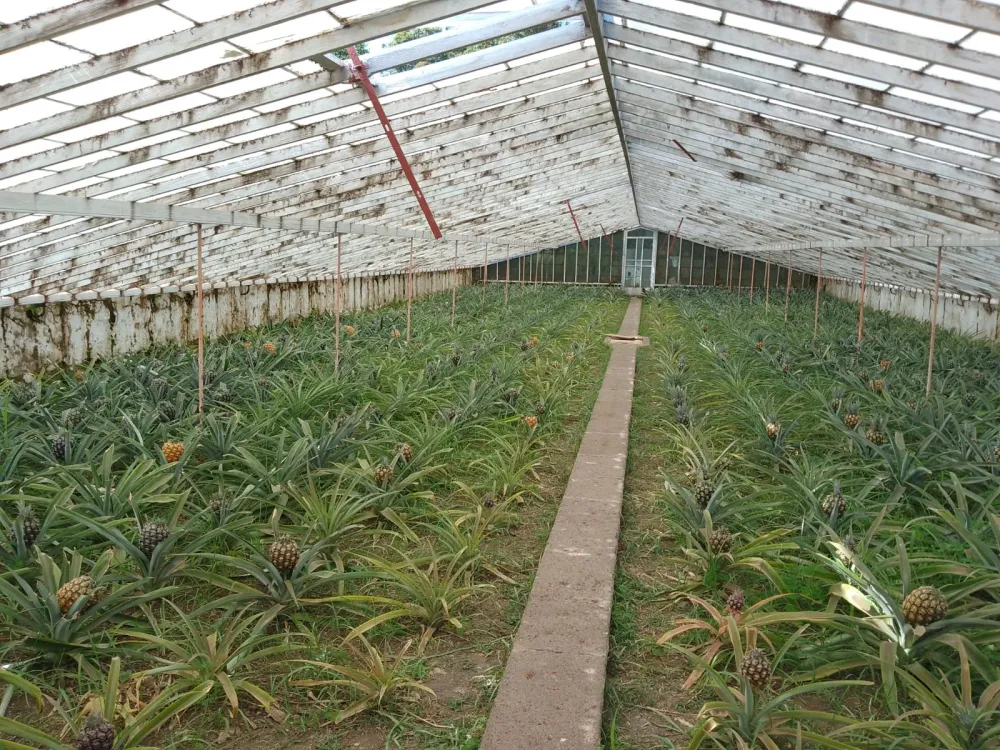
Salto do Cabrito, Salto do Prego and Ribeira dos Caldeirões Waterfalls - São Miguel offers several beautiful waterfalls suitable for hiking and refreshing in nature. Salto do Cabrito is located near Ribeira Grande, Salto do Prego near the village of Faial da Terra and Ribeira dos Caldeirões in a natural park in the northeast of the island. In the latter you can also book canyoning.

Ermida de Nossa Senhora da Paz - A picturesque chapel on a hill with breathtaking views of the city of Vila Franca do Campo and the surrounding countryside. This pilgrimage chapel was built in the 18th century in the Baroque style and the distinctive staircase was added in the 20th century. From the town you can then take a boat trip to the adjacent island of Ilheu da Vila Franca.
Address: Ermida de Nossa Senhora da Paz, 9680-221 Vila Franca do Campo, Portugal.

Ponta Delgada City - The capital of the island with a historic center, the Forte de São Brás fortress with a maritime museum, the Nossa Senhora da Esperança monastery, the Jardim José do Canto botanical garden or the beautiful Jardim António Borges park. In the middle of the main square, you will be greeted by the Portas da Cidade gate, which originally stood in the harbor and welcomed visitors.

Accommodation
The largest selection of accommodation on the island is offered by the capital Ponta Delgada. The location next to the only international airport is also convenient for tourists. In the capital, you can choose from various hotels, guesthouses, hostels or holiday homes, and there are also the most common apartments. Other towns offering accommodation for tourists include Ribeira Grande in the north, Lagoa in the south or Nordeste in the east of the island.
Luxury on Sao Miguel is offered by the 5* Grand Hotel Açores Atlântico. It is located in the center of Ponta Delgada by the harbor and only 2 km from the airport. You can enjoy views of the harbor and the ocean from the restaurant and some rooms. Guests can use the heated indoor pool or fitness center. The 24-hour reception offers concierge service, luggage storage, and can arrange airport transfers or babysitting services on request.

The Lince Nordeste tourist resort is located on the east coast of the island. You can swim in the indoor and outdoor pools, enjoy the garden, the sun terrace with views or the wellness center with sauna. There is a bar, restaurant and free parking on site.

For accommodation right on the beach, you can enjoy the Moinho da Areia in Ribeira Grande. From the sun terrace with outdoor furniture you can feel, hear and see the ocean firsthand. :) You can use the free parking and luggage storage.

If you are looking for cheaper accommodation, check out Magma Hostel. It is located in the center of the capital Ponta Delgada and offers both shared and private double rooms. All rooms have a private bathroom. Air conditioning and lockers contribute to comfort. Guests can use the common room, shared kitchen or outdoor terrace with views.
For a complete offer of accommodation in Sao Miguel, we recommend using A-HOTEL.com or Booking.com.
Practical advice
The best way to explore São Miguel is by renting a car. You can take the bus to all 3 towns on the island and the larger villages, but not to all the natural attractions and viewpoints. Book your car well in advance - especially in high season.
You can park for free at most tourist spots, but some parking lots are smaller, so it's worth arriving early in the morning or later in the afternoon.
Drive carefully on the roads. Sometimes you may come across cows that are herded from one pasture to another. There are around 70,000 cows on the island. And because the hills are steep, the roads are the best way to get around. ;)

Be aware of the changeable weather - it can change several times during the day. Always bring a raincoat or waterproof jacket and layer your clothes. Wear sturdy shoes and plenty of water for hiking and viewpoints.
Check online cameras and current weather, and plan your trips to viewpoints and lakes accordingly - fog can obscure the view.
There are public grills and picnic areas in parks and at viewpoints - just buy charcoal and food and you can start grilling. On Sundays, locals enjoy picnics.
In the summer, the Ponta Delgada City Hall organizes a cultural program in the capital - usually from Thursday to Sunday. On the first Saturday of August, get ready for the big party "White Ocean". The streets of the city are decorated with allegories of sea animals, all visitors wear white clothes and the party can begin. The big stage in the main square in front of Portas da Cidade hosts the main band, and in the smaller streets around other performers play until about 5 am.

Book tickets in advance for the most famous thermal baths such as Poça da Dona Beija, Parque Terra Nostra and Ponta da Ferraria (swimming in the ocean with warm water at low tide). A stay of 1.5 hours is usually allowed in the thermal baths. If you plan to swim in the thermal baths, pack slippers and dark swimwear - the water contains iron and can discolor swimwear.
👍 Our tip: Go dolphin and whale watching - many companies in Ponta Delgada offer 3-hour boat, catamaran or dinghy trips. You can observe up to 29 species of cetaceans around the island throughout the year - most in the spring, when they migrate around the island. Throughout the year, you have an almost 100% chance of seeing dolphins and a 90% chance of seeing some species of whale. Sperm whales, for example, are found here all year round.

Typical food and drink
Cozido das Furnas - The most famous specialty of the island. This is a hearty dish made of several types of meat (beef, pork, chicken, often sausages and liver) and vegetables (potatoes, cabbage, carrots), which is cooked in a pot buried in the hot volcanic soil in the Furnas area. Cooking takes several hours and the result is worth it. Cozido das Furnas is best tasted in restaurants in the Furnas area (e.g. Tony’s or Caldeiras & Vulcões - advance booking is recommended).
Fish and seafood - The local cuisine is rich in fresh fish (tuna, mackerel, swordfish, cod) and seafood, such as octopus, lobster, sea bass or mullet. Locals love chicharros, a small mackerel-like fish, which they prepare with fried onions and tomatoes.

Polvo guisado à moda dos Açores - Octopus stewed in red wine with spices, often served with potatoes or rice.
Bolo lêvedo - A soft, sweet bread flatbread from the Furnas region, served as a side dish or on its own with butter, cheese or meat.
Queijo de São Jorge - A distinctive cow's cheese from the island of São Jorge, often served on São Miguel as an appetizer or dessert.
Queijadas da Vila Franca do Campo - Traditional cakes made from egg yolks, sugar, milk and flour. As the name suggests, the recipe comes from the local town of Vila Franca do Campo.
Fofas da Povoação - Fluffy pastries filled with cream, typical of the Povoação area.
Ananás dos Açores - Azorean pineapple grown in greenhouses on São Miguel, a protected EU product. It is used fresh, in juices, jams, liqueurs and sauces.

Other local fruits - Passion fruit, guava, cherimoya, quince and other exotic species.
Azorean tea - On the island of São Miguel you can find the only tea plantations in Europe - Gorreana and Porto Formoso. Black and green tea is produced here with a unique taste thanks to the local soil and climate.
Passion fruit liqueur - A popular local liqueur made from passion fruit, typical of São Miguel.
Famous people
Eddie Melo (1960 - 2001) - A famous boxer who was born on São Miguel but worked mainly in Canada. He was nicknamed "Eddie the Hurricane".
Other people associated with the Azores include film director Augusto de Fraga and actress Monica Cabral, who were born in the Azores, but it is not exactly known whether they were born on São Miguel.
Gonçalo Velho Cabral (1400 - 1460), a knight and monk of the Order of Christ who was entrusted with the administration of São Miguel and is one of the most important figures in its early colonization, is also historically associated with the island.

Weather
The island of São Miguel has a temperate oceanic climate. This results in mild temperatures all year round, high humidity and frequent rainfall, which creates the island's typical green landscape.
Average daily temperatures are around 15°C in winter and between 22–25°C in summer. Temperature fluctuations throughout the year are small, usually only around 8°C.
It rains frequently on São Miguel throughout the year, most in winter (November–January) and least in summer (July–August). The average annual rainfall is 1,000–1,600 mm.
Humidity is high all year round and the weather can change quickly – sun, rain and fog are not uncommon in the same day. There is a saying that "you can experience all seasons in the Azores in one day".
The ocean is relatively warm thanks to the Gulf Stream – in summer the water is around 22–24°C, in winter it does not drop below 16°C.